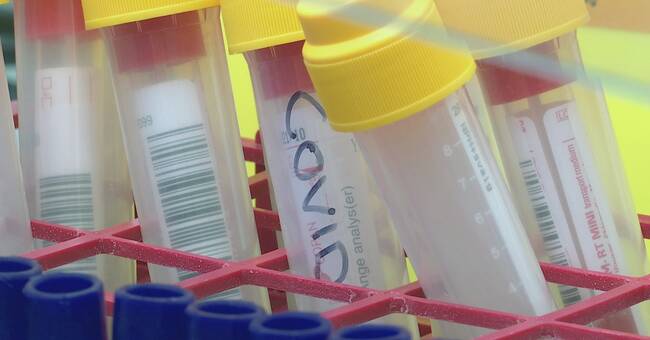In recent times, Norrbotten has been the region with the least number of infections per inhabitant.
- We have tried to reach out with a simple message: It is enough to keep your distance, says the region's infection control doctor Anders Nystedt.
Gällivare became an alarm clock
With 407 confirmed infections per 100,000 inhabitants in the last two weeks, Norrbotten is clearly below the national average of 872 infected.
But earlier this year, the picture was completely different.
- We had a real bang in Gällivare in May and June.
It had very difficult consequences, several deaths.
For a while we lay pretty rough, says Anders Nystedt.
But the bang in Gällivare also led to good things, according to the infection control doctor.
- It was an alarm clock.
Many understood that this is serious, he says.
Get crowds
In October and the beginning of November, the infection still rose quite sharply in Norrbotten.
But on November 10, the region received local general advice.
- Then I experienced that the people of Norrbotten set up the farm in a very good way, and understood that it is perfectly possible to live at a distance, says Anders Nystedt.
Even during the Christmas and New Year holidays, the crowds have largely been absent.
One explanation, Anders Nystedt believes, is that the region has focused on a simple message.
- There have been many changes in the national councils, many have experienced it as complicated.
We have said: Just keep the distance, two meters, and it will be good.
"A little more patient"
The sparse population in Norrbotten has of course contributed, the county is together with Jämtland Sweden's least densely populated.
But the citizens have also acted in a different way than in other parts of Sweden, according to Anders Nystedt.
- People have been a little more patient in Norrbotten: "It's fine to skip this party".
In healthcare, the situation is still strained, although the need for care for covid-19 was greatest in early December.
- The Christmas weekend has been bearable, we have been able to receive individual intensive care patients from other regions, says Anders Nystedt.

